Virtually sterile three-chromosome-set clams have strong survival, growth rates
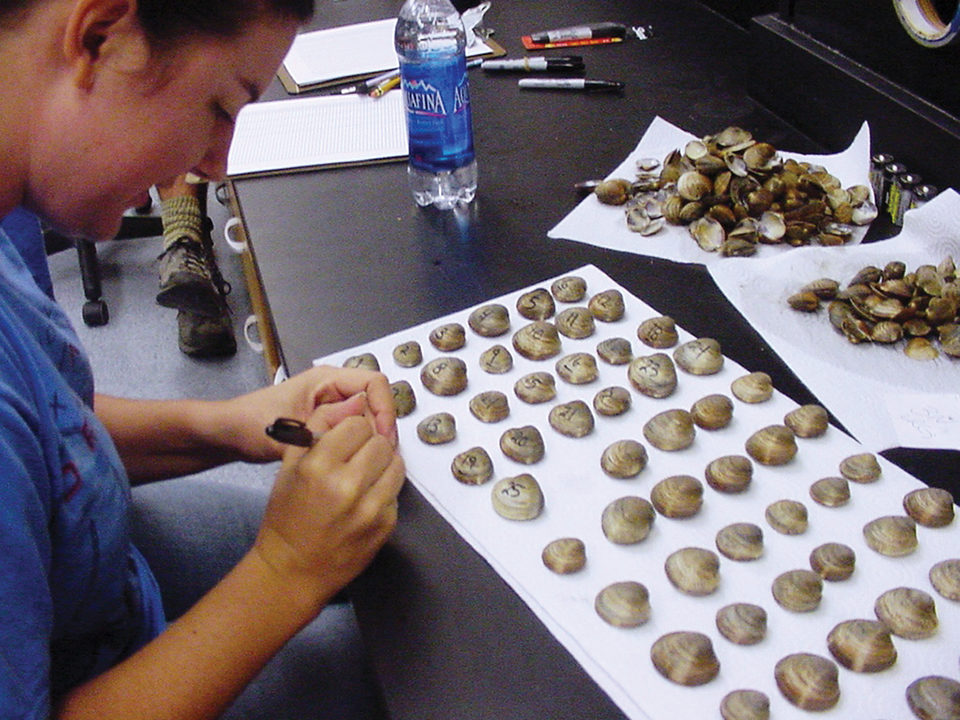
The hard clam (Mercenaria mercenaria) is the primary aquacultured food species in Florida, USA, with a value of U.S. $19 million in 2007. Recently, the need for a hardier clam strain has become evident, as clam farmers in Florida report below-average survival during the prolonged hot summer. During this season, clams that have lost body mass from spawning encounter temperatures over 30 degrees-C, reduced phytoplankton production and large salinity fluctuations from summer rainstorms.
Induced triploidy, a condition where organisms contain three sets of chromosomes instead of the usual two, may improve the survival of cultured hard clams. As triploid clams are virtually sterile, energy normally utilized for gametogenesis would be available for basic metabolism during stressful periods, potentially resulting in enhanced survival and production.
The authors’ project team assessed the value of triploid hard clams for Florida farmers through laboratory and field studies supported by Florida Sea Grant and the United States Department of Agriculture’s Agriculture Research Services.
Triploidy inductions
Triploidy can be induced in a fertilized clam egg by inhibiting the extrusion of the first polar body (PBI) or the second polar body (PBII) using chemicals such as cytochalasin B (C.B.). The production of high proportions of triploids relies upon meiotic stage synchrony of the eggs.
In this research, egg samples were taken during 10 induction trials to evaluate triploid induction efficiency. Eggs were sampled before insemination and intermittently afterwards for up to 90 minutes. Triploid proportions from the cytological data ranged 0 to 100 percent, whereas triploid proportions measured by flow cytometry ranged 0-93 percent triploids.
However, estimated triploid values for a particular group of clams were not always similar for both methods. Conditions that decreased triploid induction efficiency included low C.B. concentration (0.67 mg/L as compared to 1 mg/L), prefertilization of eggs that severely reduced triploid induction and larval survival (1-2 percent as compared to control), and early or late addition or removal of C.B. During these trials, groups of triploid and sibling diploid hard clams were successfully produced for laboratory and field research.
Growth
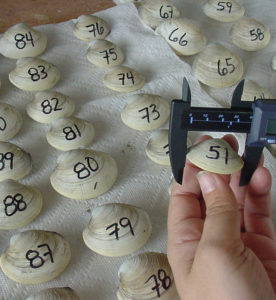
Growth of 14- to 18-week-old triploid and diploid juvenile hard clams was compared in two three-week experiments. The change in live weight of the triploids was significantly lower than for diploids in both experiments. In experiment I, live weight increased 250 percent and 269 percent for PBI and PBII triploids with initial average size of 94 ± 19 and 60 ± 12 mg, respectively. Diploids with an initial size of 72 ± 17 mg saw a 341 percent increase. In experiment II, live weight increased 422 percent for PBII triploids and 549 percent for diploids of 12 ± 2 mg.
Lower growth for triploids clams of this age was not expected, and the authors do not have an explanation for this result. Although triploids were smaller than diploids, lab-based challenge experiments would aid in determining if they are more resistant to stressors, such as temperature and salinity compared to diploids, thus increasing survival.
Field growth studies were interrupted during the severe 2004 hurricane season with loss of most groups. Two months after the hurricanes, 1-year-old PBII triploids from one family were significantly smaller in shell length (20 vs. 23 mm), shell width (9 vs. 11 mm), whole weight (2.0 vs. 3.3 grams), and dry meat weight (0.07 vs. 0.10 grams). However, the triploids had a significantly higher condition index (6.6 vs. 5.6), which is the ratio of dry meat to shell weight.
Histological examination of gonads indicated that 50 percent of the diploid control clams had completed spawning and 40 percent had no gonad. In contrast, 100 percent of the triploids had no gonad. Diploids found within the triploid group had gonad stages similar in proportion to the control group. This data indicated that gonad development was indeed inhibited in the triploids.
Gametogenesis
Further analysis of gametogenesis of triploid clams cultured at Cedar Key found an increase in the proportion of clams that exhibited sexual differentiation in both ploidy types, as well as a corresponding increase in the female:male ratio in diploids between December 2004 and April 2005.
In December 2004, 100 percent of the triploid clams were undifferentiated, while 72 percent of diploid clams were undifferentiated or in early development. By April 2005, 78 percent of the triploids were still undifferentiated with 22 percent in early development. In contrast, the diploids were all in late development, ripe, spawning or spent stages.
The reproductive activity of triploid hard clams in this study never went beyond early development. The data indicated typical seasonal gametogenic patterns for diploids, but arrested gametogenesis for triploids, which would make triploid hard clams unsuited for producing tetraploids, but good for culture.
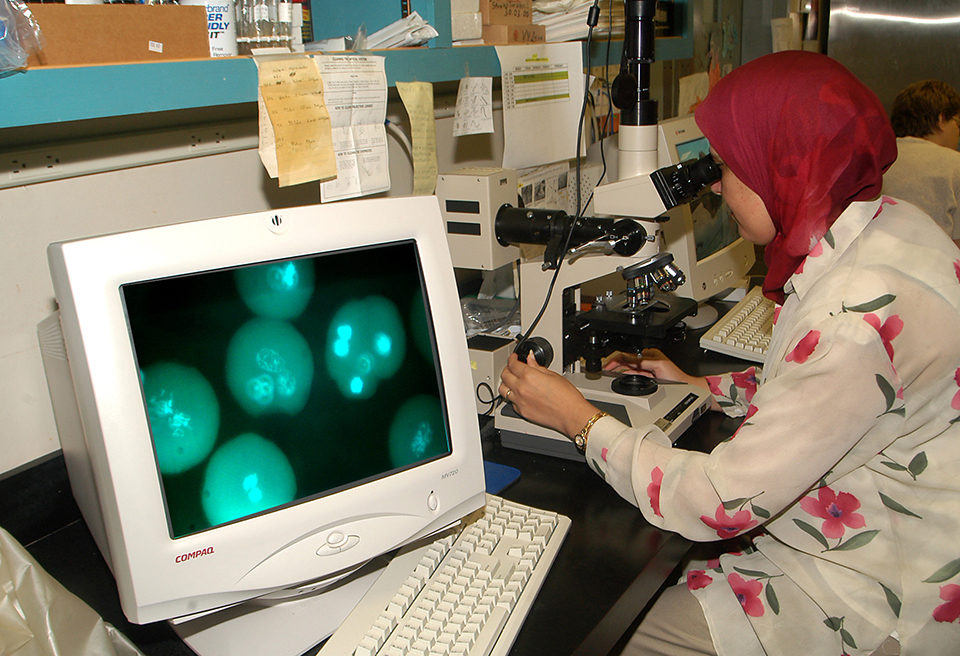
Lab observations
Based on the energy reallocation hypothesis, triploids divert energy from reproduction to somatic growth, resulting in larger and potentially hardier clams. Triploid and sibling diploid clams with 45-mm shell length were exposed to salinities of 10, 25 and 40 ppt, and dissolved-oxygen levels of less than 2 mg/L (hypoxia) and greater than 5 mg/L (normoxia) with constant 32 degrees-C temperature for 21 days. Observations of clam mortality, siphon extension and burial were conducted at 12-hour intervals to assess the treatment effects.
The survival of diploid and triploid M. mercenaria differed significantly in two of the treatments: 25 ppt/hypoxia and 10 ppt/hypoxia. Burial rates decreased over the duration of the experiment in the 25 ppt/ hypoxia and 40 ppt/hypoxia treatments, indicating a sublethal effect of hypoxia. Triploidy showed an advantage in the 25 ppt/hypoxia treatment, a salinity and oxygen range seen in the field, but the overall results of this experiment suggested that triploidy did not confer a survival advantage for hard clams.
Metabolic efficiency
In further testing, the metabolic efficiency of diploid and triploid clams at typical water temperatures in Florida was compared. Oxygen uptake rates were determined at 20, 25, 27, 30 and 32 degrees–C at 25 ppt salinity for clams of similar sizes. Oxygen uptake varied significantly as a function of temperature but not ploidy, increasing from 481 ug/g/hour at 20 degrees–C to 1,479 ug/g/hour at 27 degrees–C, but not changing significantly above that temperature. These results suggested that 27 degrees–C is a temperature threshold, beyond which there may be an onset of partial anaerobic metabolism.
Oxygen uptake rates were determined at 27 degrees–C at 25 ppt and 15 ppt for clams of similar sizes. Salinity had no affect on diploid oxygen consumption, but triploid clams had significantly lower oxygen consumption rates at 15 ppt than at 25 ppt and significantly lower oxygen consumption rates than diploids at 15 ppt.
These results suggested that triploid clams may have a metabolic advantage over diploid clams at lower salinities, but whether this offers any significant physiological advantage over diploids during fluctuating and sometimes extreme environmental conditions in the field is unknown.
Thermotolerance
To further understand the physiology of thermotolerance in hard clams, heat shock protein 70 (Hsp70) and survival were measured in triploid and diploid hard clams of different sizes and different families. Clams were exposed to heat shocks of 5-13 degrees above ambient temperatures of 20-25 degrees-C for various durations: one hour, one day, five days or seven days.
In diploid hard clams, Hsp70 tissue concentration was 177 percent and 247 percent greater than controls for clams exposed to 5.5 degrees–C heat shock for one and 24 hours, respectively, indicating a typical response to thermal stress. In both diploid and triploid clams exposed to heat shock 10 degrees above ambient temperature for five days, Hsp70 expression decreased for the first 24 hours in all families as compared to initial values. After five days, Hsp70 values returned to initial values in survivors of all families.
Interestingly, survival was higher for clams with higher initial Hsp70 concentrations. Both Hsp70 and survival were influenced by genetic or family background and not by ploidy. The survival of triploids was similar or slightly higher than diploids.
Second field study
A separate set of PBII triploid and control diploid hard clams was produced after the 2004 hurricane season and cultured at Cedar Key. At harvest, there was no difference in shell length or total weight between diploids and triploids (Table 1). Triploids were found to have a higher condition index, but the diploids had higher survival.
Scarpa, Performance of diploid and triploid hard clams, Table 1
| Ploidy | Length (mm) | Weight (g) | Condition Index | Survival (%) |
|---|
Ploidy | Length (mm) | Weight (g) | Condition Index | Survival (%) |
|---|---|---|---|---|
| Diploid | 45.9 | 30.6 | 4.77 | 80.1 |
| Triploid | 45.9 | 29.0 | 5.30 | 69.4 |
(Editor’s Note: This article was originally published in the March/April 2009 print edition of the Global Aquaculture Advocate.)
Now that you've reached the end of the article ...
… please consider supporting GSA’s mission to advance responsible seafood practices through education, advocacy and third-party assurances. The Advocate aims to document the evolution of responsible seafood practices and share the expansive knowledge of our vast network of contributors.
By becoming a Global Seafood Alliance member, you’re ensuring that all of the pre-competitive work we do through member benefits, resources and events can continue. Individual membership costs just $50 a year.
Not a GSA member? Join us.
Authors
-
John Scarpa, Ph.D.
Harbor Branch Oceanographic Institute at Florida Atlantic University
Center for Aquaculture and Stock Enhancement
Fort Pierce, Florida 34946 USA -
Shirley Baker, Ph.D.
University of Florida
School of Forest Resources and Conservation
Program in Fisheries and Aquatic Sciences
Gainesville, Florida, USA
-
Leslie Sturmer, M.S.
University of Florida
Shellfish Aquaculture Extension Program
Cedar Key, Florida, USA -
Susan Laramore, Ph.D.
Harbor Branch Oceanographic Institute at Florida Atlantic University
Center for Aquaculture and Stock Enhancement
Fort Pierce, Florida 34946 USA -
Eman El-Wazzan, Ph.D.
1Harbor Branch Oceanographic Institute at Florida Atlantic University
Center for Aquaculture and Stock Enhancement
Fort Pierce, Florida 34946 USA -
Elise Hoover, M.S.
University of Florida
School of Forest Resources and Conservation
Program in Fisheries and Aquatic Sciences
Gainesville, Florida, USA -
Kerry Weber, M.S.
University of Florida
School of Forest Resources and Conservation
Program in Fisheries and Aquatic Sciences
Gainesville, Florida, USA
Tagged With
Related Posts
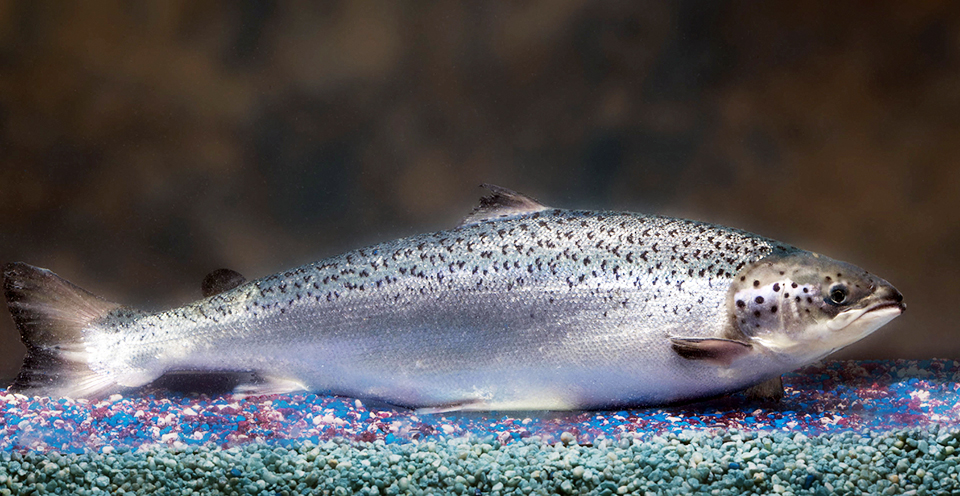
Intelligence
A brief look at genetically modified salmon
If approved by FDA, fast-growing genetically modified salmon will provide a safe and nutritious product similar to other farmed Atlantic salmon.
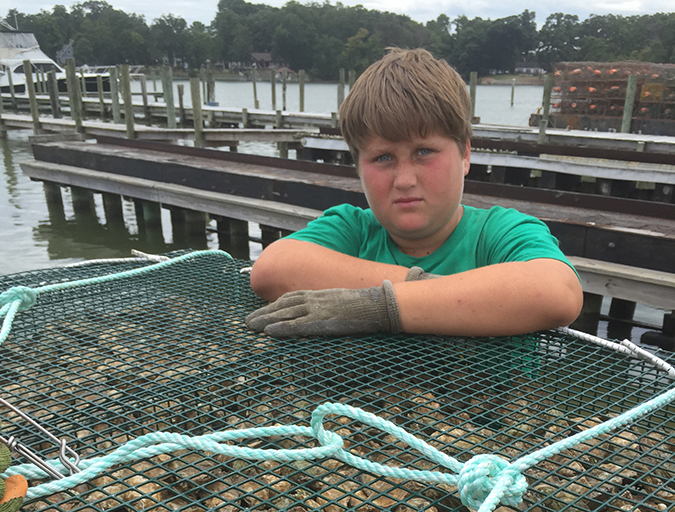
Responsibility
Ailing waterways hail the oyster’s return
The Lower Hudson Estuary and Chesapeake Bay, two waterways once home to thriving oyster beds, would welcome the shellfish’s return. Aquaculture initiatives in both areas aim to reinvigorate the water and the communities they support.
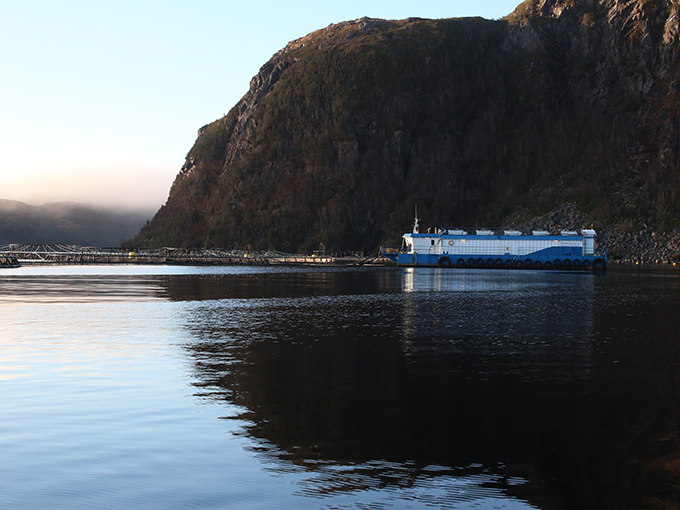
Intelligence
Aquaculture’s solid opportunity on The Rock
As aquaculture grows in Newfoundland, the socioeconomic future of this Canadian province with a population of 500,000 takes flight with it. It's a welcome development, after a two-decade slump due in part to the downturn of North Atlantic groundfish stocks.
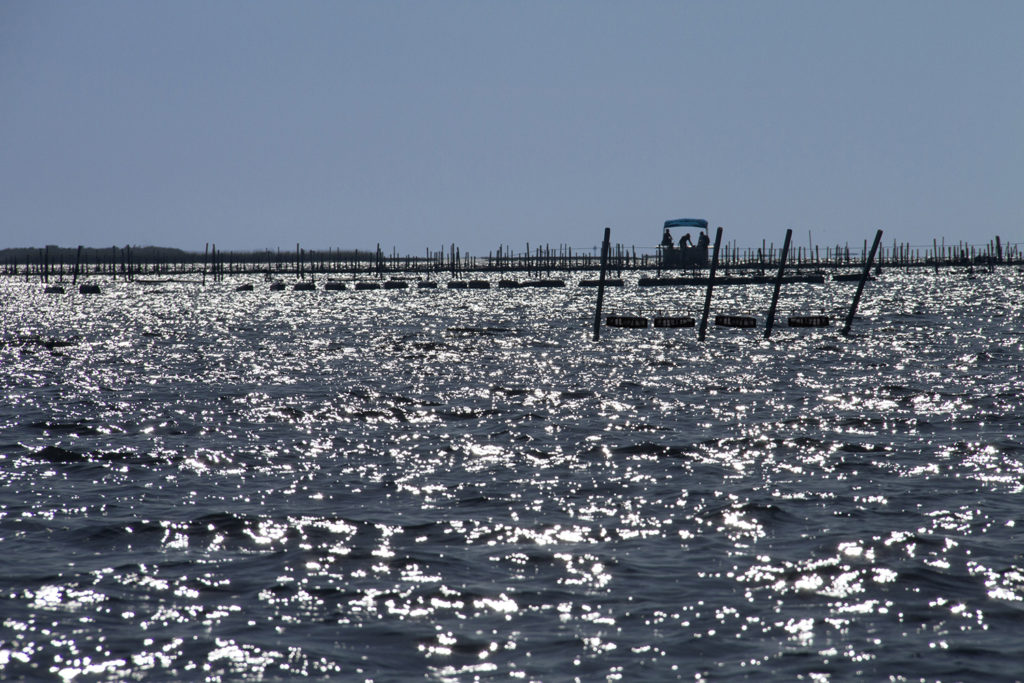
Intelligence
Hatching a plan for Florida oyster farming
Panacea Oyster Co-op and Pensacola Bay Oyster Co. each aim to open dedicated oyster hatcheries in Florida, which could have a significant impact on the state’s aquaculture industry.


